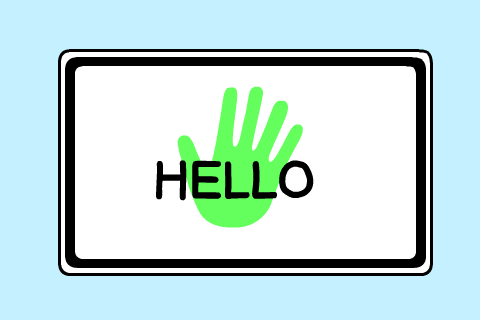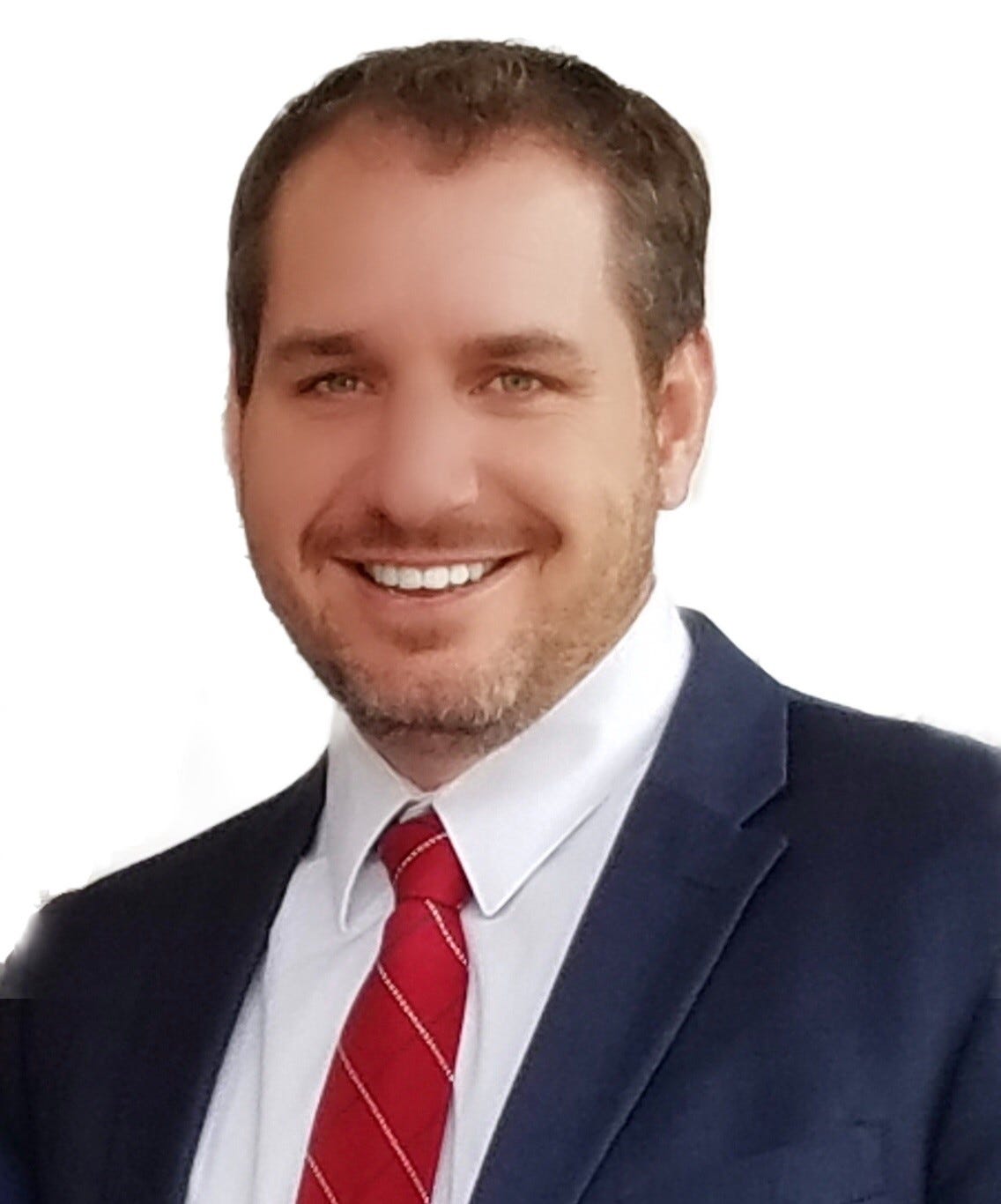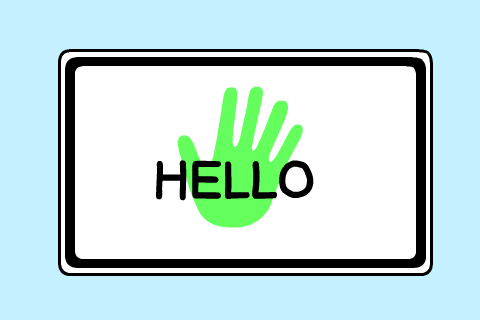When to Use Paper and Digital Formats for Patient Communications

It’s the end of the month once again, which means it’s time for your office to distribute bills to your patients. You know your younger clients probably prefer patient communications in the form of an eStatement with digital payment options. But you also work very closely with the assisted living facility in your neighborhood — are your 70-year-old patients going to be able to understand a digital statement? And if so, are they going to know how to pay for their visit with something other than a check? And which option will be easier for your patients who speak limited English? When it comes to paper vs. digital patient communications, which is better?
To summarize, it still depends. Even in the 21st century, when it seems as though everything is digitized, there are many circumstances in which paper statements are a great choice. While emails and online patient portals are a more instantaneous form of patient communications, paper documents are still easier to annotate and organize.

Patient demographics can play a major role in which option will work best, and it’s important for providers to understand their patients’ needs before making an informed decision. A successful choice in billing format will mean a smoother transaction from start to finish for both patients and providers, as well as quicker payments and a better overall patient experience.
Before you decide whether to use paper mailings or digital eStatements for patient communications, take a look at this list of four factors to consider when choosing a billing format.
Paper or Digital Patient Communications? 4 Factors to Consider:
1. Age Differences

The most obvious concern that healthcare providers have regarding the paper vs. digital debate is the difference in preference based on age. Predictably, many elderly patients prefer paper statements, as new technology can be challenging for that age group to learn quickly. Baby boomers and the older half of Generation X may also opt for paper because of their organizational preferences.
Younger patients, including the younger half of Gen X, Millennials, and Gen-Z, will all be well adapted to technology and expect some sort of online payment option. In fact, very few young people write checks in today’s world; check writing declined over 50% between 2000 and 2012, and the U.S. Treasury Department stopped mailing checks to social security recipients in 2013. While checks aren’t likely to ever fully disappear, younger generations will strongly prefer debit card transactions to pay their medical bills, and they will always choose mobile banking and peer-to-peer payment options such as PayPal or Venmo.
2. Accessibility
Another important factor to consider is the accessibility issues that your patients may face. For example, sight-impaired patients might find it difficult to read a paper statement without help from a family member or assisted living aide. However, many computers are equipped with dictation capabilities and can read emails aloud. Patients who find writing difficult may find relief in knowing they can respond to an email statement or pay their bill using voice commands on their computer.
3. Internet Access
Another accessibility issue may lie in reliable access to the internet. As of 2019, A Pew Research Center survey found that one in ten Americans reported that they do not use the internet. That’s approximately 30 million Americans who don’t log on, either by choice or due to a lack of access. For medical centers in rural areas or poor communities, the internet may be something that only a select few patients can rely on. If this is the case for your medical practice, a paper mailing will go farther and faster than an eStatement.
4. Language Barriers

As a nation of immigrants, the U.S. is home to more than 37 million native Spanish speakers (about 10 percent of the U.S. population) — second to English, Spanish is the most commonly spoken language in the country. Further, Native Chinese and French/French Creole speakers account for another 5 million people (as of 2018). In any medical practice, it’s reasonable to assume that not all of your patients are going to understand a complex medical bill that’s written in English.
In the event that your office does not have translation capabilities for the language that your patients are fluent in, a digital statement may offer additional options that a paper statement cannot. With an email instead of a piece of paper, patients will be better able to use digital translators to understand the document.
Many non-English speaking patients may live with children or relatives who do speak English and would be able to translate those documents for them. However, if the patient prefers that the reason for their visit and their bill remain private (especially when their young children might not understand scary concepts like cancer), they have no way to read the statement themselves without their information being shared.
Other Considerations
Beyond patient demographics, there may be internal factors to consider when choosing the format of your statements. Does your hospital or office have any sort of zero-waste initiative? If so, your colleagues may appreciate an effort to reduce the number of paper statements that go out every month. Is your accounts receivable department overwhelmed with tracking digital and paper payments, with errors occurring frequently? If so, it might be best to simplify the payment process by only offering one payment option for your entire patient base.
A conversation with all parties involved or a survey of your patients (you might be surprised by the results!) will ensure that you have made the most informed choice possible.
Final Thoughts
As the healthcare industry continues to face unprecedented challenges in the near future, your practice’s revenue cycle does not have to take the hit. With technology helping healthcare adapt to new challenges, it’s important to take advantage of these capabilities and appeal to patient wants and needs.
MailMyStatements is a technology-driven patient statement and payment vendor who offers managed billing needs from payment plan capabilities to statement design. Get in touch with us today to learn more about our various solutions to help increase patient collections.

Derek Griffin is the VP of Sales and Business Development for MailMyStatements. He has over 13 years of experience as a healthcare sales executive, is experienced in multiple healthcare related fields from front office to billing and collections, and has worked in various roles within Optum, a UnitedHealth Group company and AdvanecedMD. He loves spending free time with his wife and kids, whether it is coaching the soccer team, attending dance recitals, or fixing bikes.
You can follow Derek on Twitter @Derek_Griffin1




Comments
Post a Comment